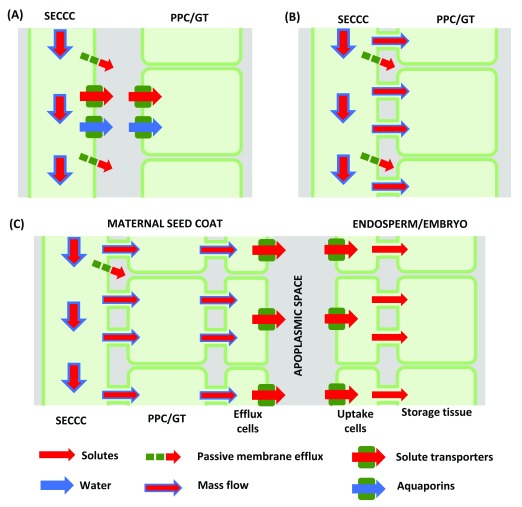Figure 3. Cellular pathways and mechanisms of phloem unloading.
( A) Apoplasmic sieve element-companion cell complex (SECCC) unloading of sucrose mediated by sucrose transporter reversal and/or possible by sugars will eventually be exported transporters (SWEETs) with energy coupled transporters retrieving sugars from the sink apoplasm while accompanying water transport across the plasma membranes facilitated by aquaporins. ( B) Symplasmic phloem unloading by bulk flow. ( C) Symplasmic phloem unloading by bulk flow with an intervening apoplasmic step in the post-phloem pathway of developing seeds. Sucrose release to the seed apoplasm from maternal seed coats is mediated by SWEETs, sucrose facilitators and possibly a yet-to-be-cloned sucrose/proton antiporter. SWEETs and sucrose transporters recover released sucrose from the seed apoplasm into the endosperm/embryo. Membrane transport of water facilitated by aquaporins. GT, ground tissue; PPC, phloem parenchyma cell.

